Category: Hidemi(Japanese-traditional painting) @en
-
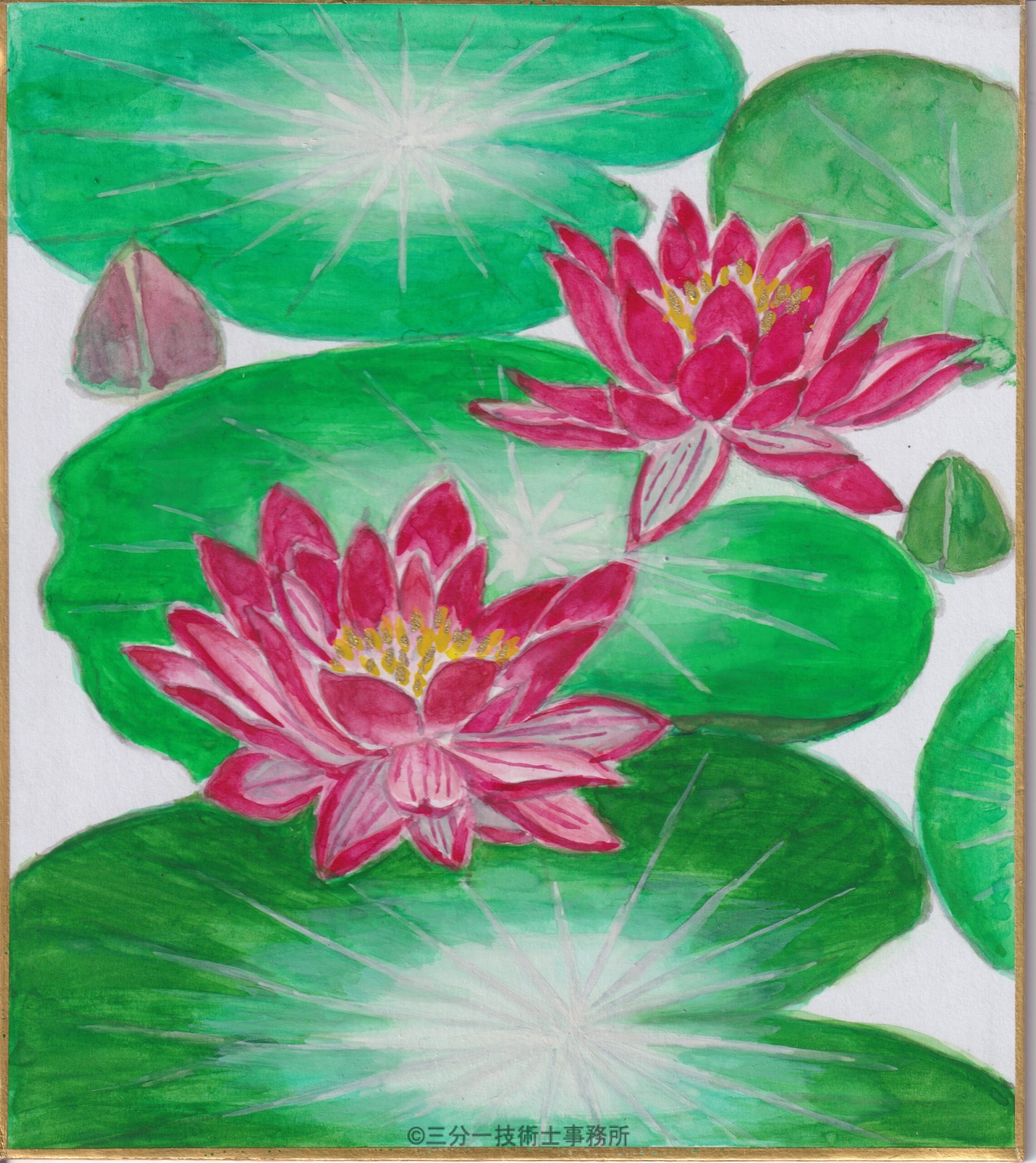
The Latest Japanese Painting Works
Views: 150New Works – July 2025 Bio (life) + Tope (place) – Water Lilies – July 2025 Water lilies float gently on the surface of the water, with their round leaves and softly coloured blossoms. Their name derives from the fact that the flowers close at night, as if they were “sleeping lotuses.” In recent years, water lilies have become symbolic of “biotopes” — harmonious spaces where humans and nature coexist. Along the waterside, they provide important habitats for frogs, dragonflies, and wild birds, playing a vital role in nearby ecosystems. *Biotope* comes from the Greek words “bios” (life) and “topos” (place). July 5, 2025 (Reiwa 7) Sunshōan Color Paper […]
-
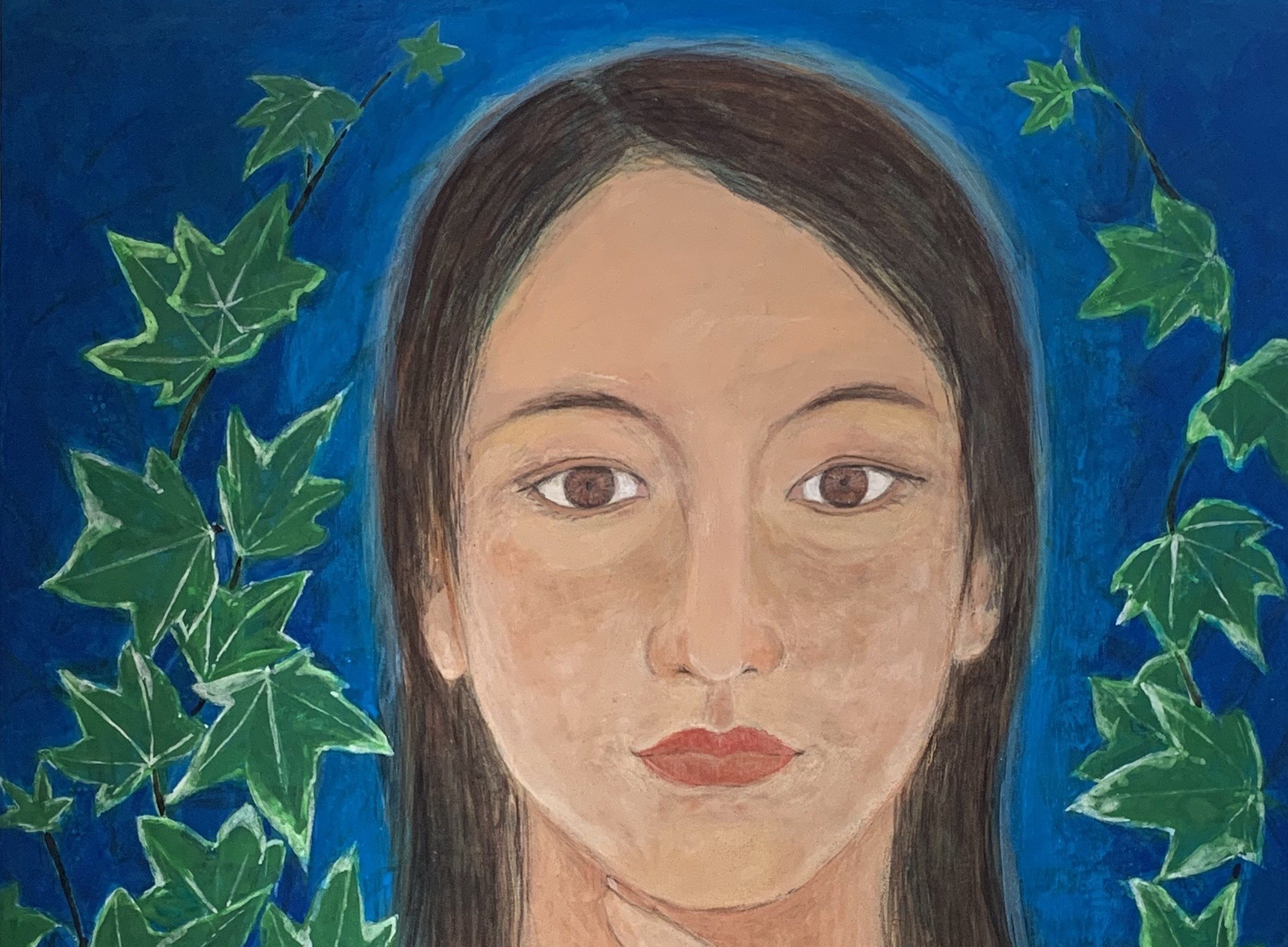
Portrait
I draw Japanese-traditional paintings on linen paper using Iwa-enogu(岩絵具) pigments and Doro-enogu(泥絵具) pigments to finish the work.
-

Self introduction
Artist of Japanese-traditional painting born in Kyoto When I was an art student, I had held exhibitions in the gallery in Kyoto. Since becoming a housewife, I have lived in Yokohama and …
-
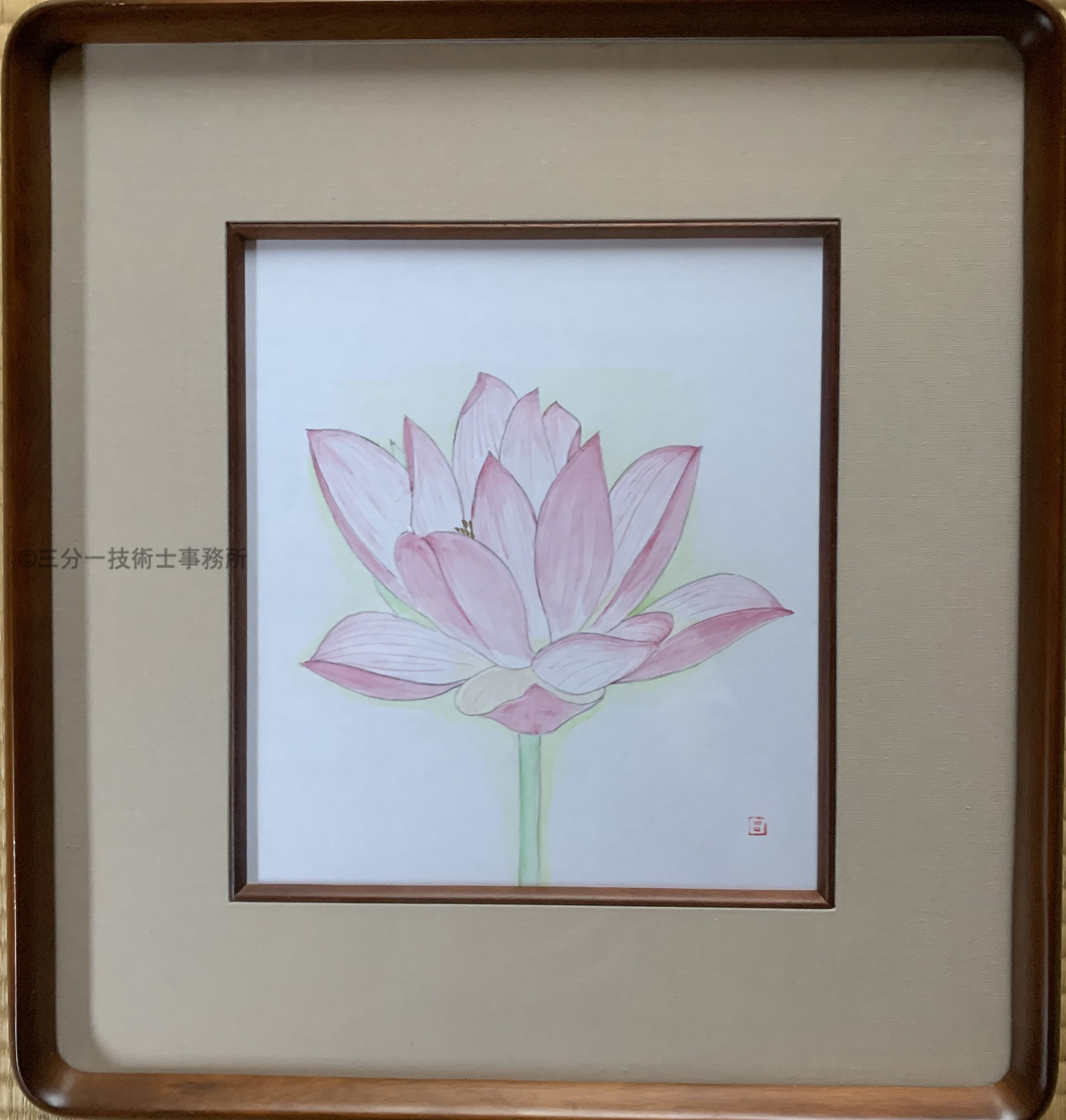
Shikishi(square piece of Japanese paper)
I sketch the nature flowers and follow the basic procedure for making Japanese-traditional painting. After sketching, produce the underlying image, transfer the image to the main sheet, apply the undercoating, and finish the painting.
-
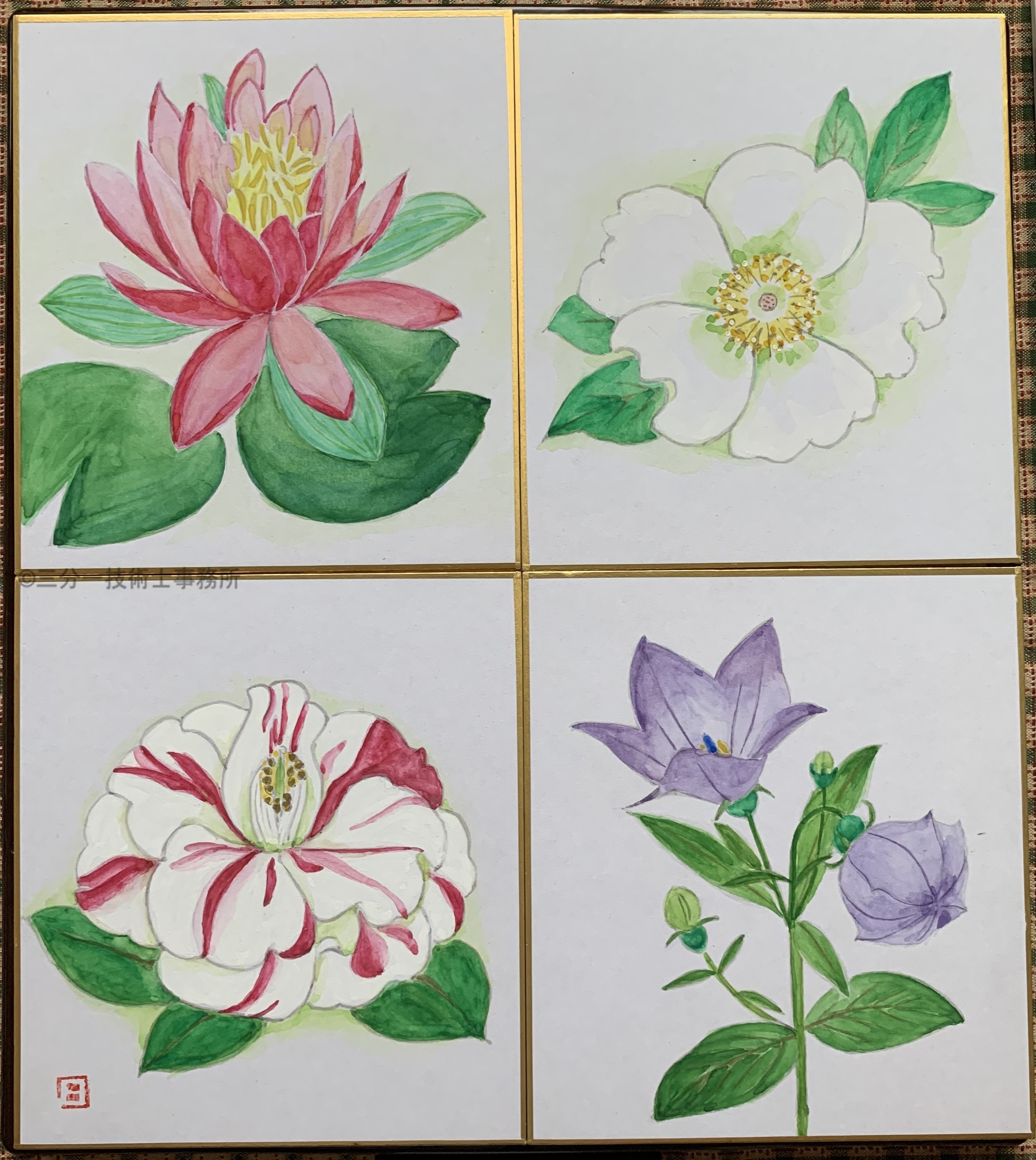
Sunsho-an shikishi(small square piece of Japanese paper)
Four pictures on a small piece of paper combining spring, summer, autumn and winter flowers. You can enjoy spring flowers and seasonal flowers as you like.
-
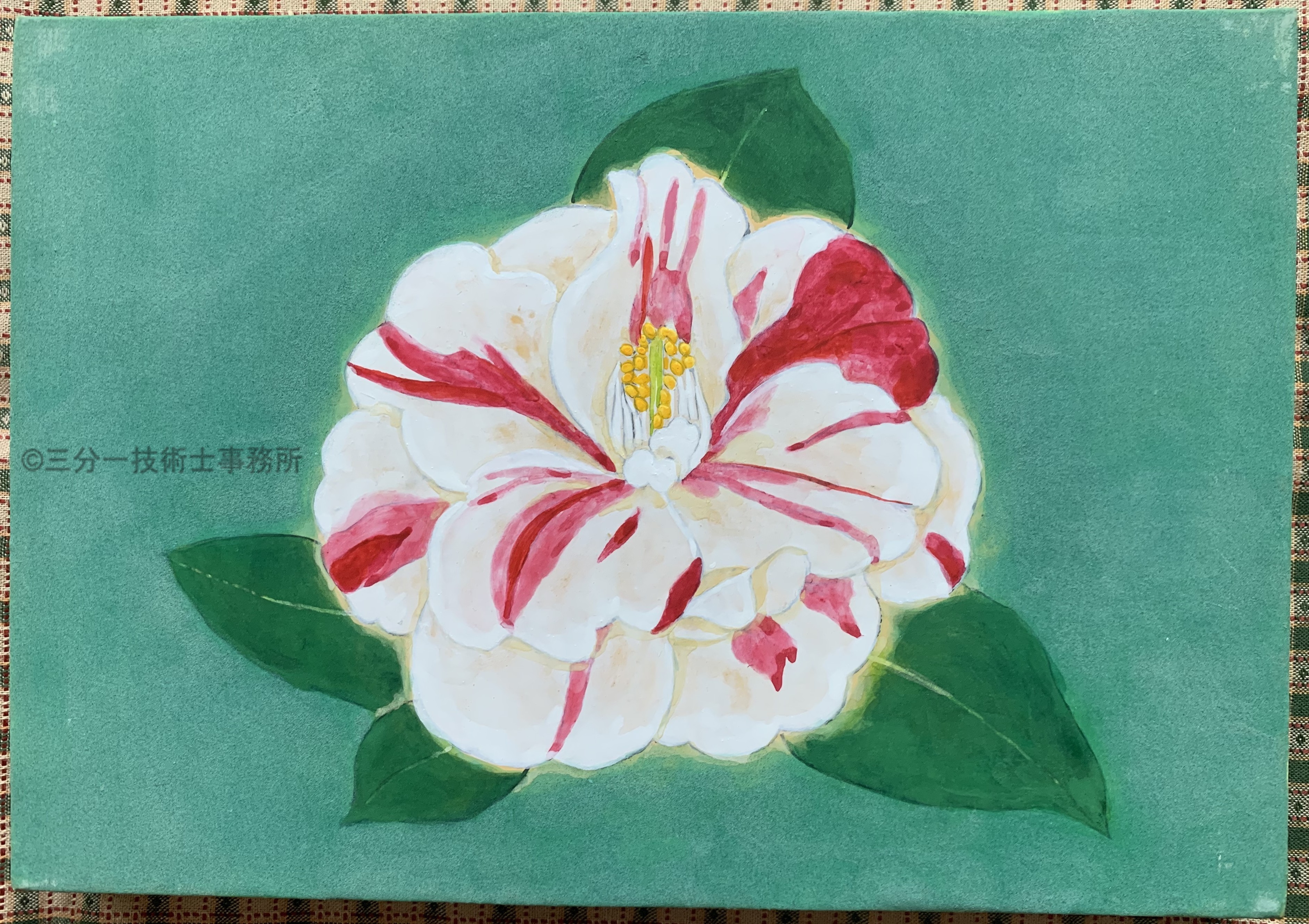
Small-sized painting
Japanese-traditional painting with smaller size than 4F(33.3cm x 24.2cm).
I draw Japanese-style paintings on linen paper using Iwa-enogu(岩絵具) pigments and Doro-enogu(泥絵具) pigments to finish the work. -
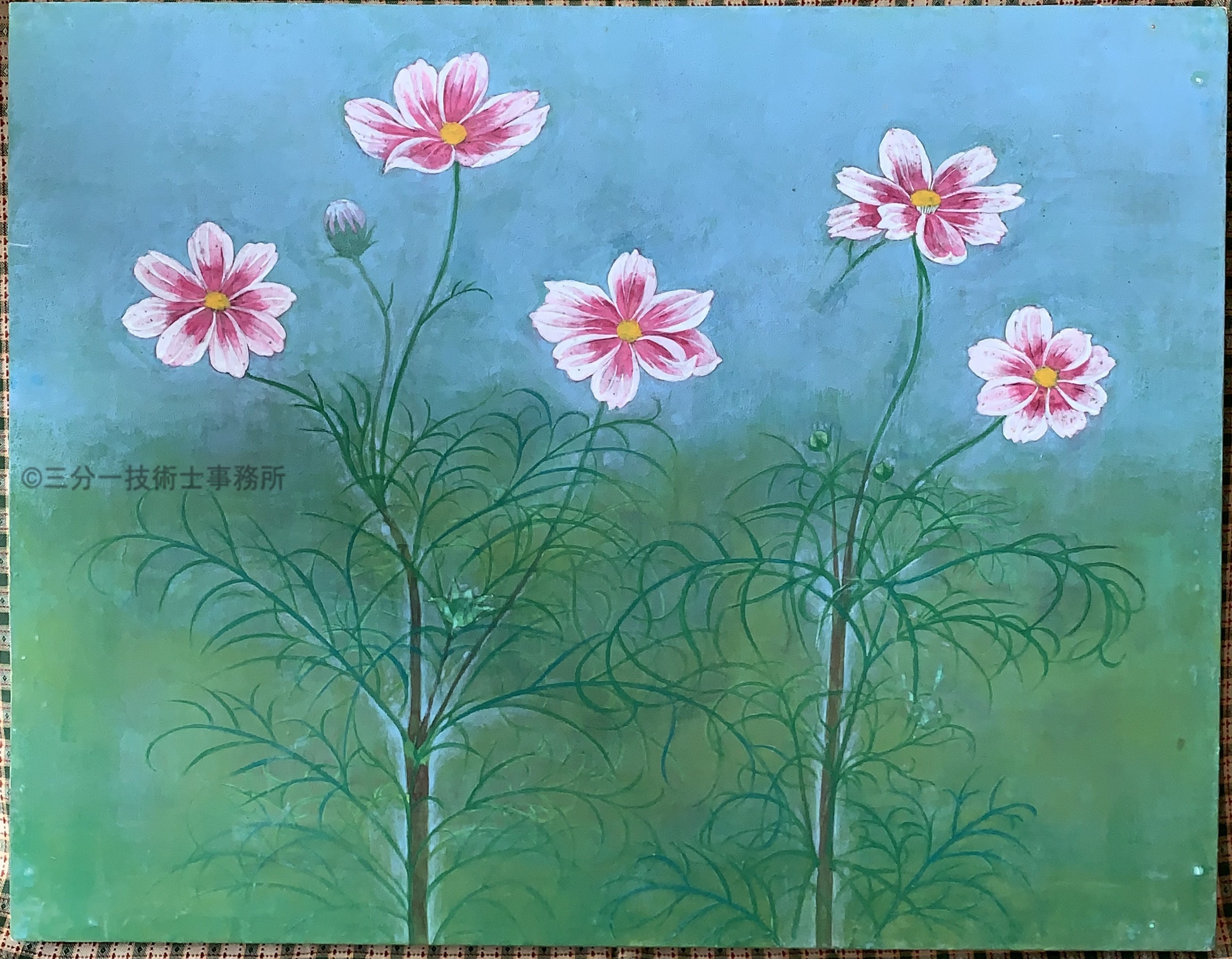
Flower
I draw Japanese-traditional paintings on linen paper using Iwa-enogu(岩絵具) pigments and Doro-enogu(泥絵具) pigments to finish the work.
-
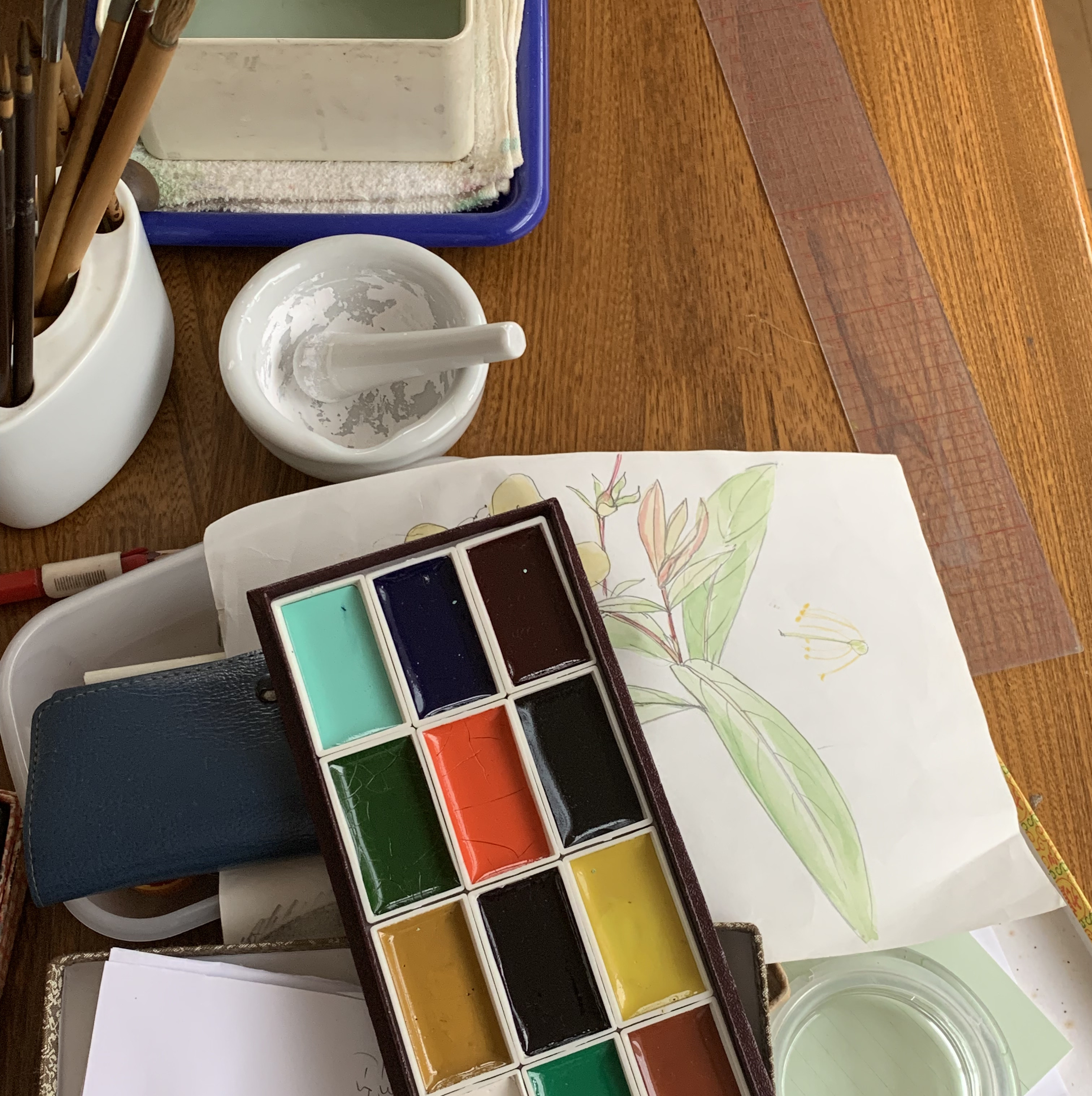
Drawing material for Japanese-style painting
Iwa-enogu(岩絵具) pigments are made from either natural ores or other colored glass powders. Doro-enogu(泥絵具) pigments are produced artificially. Suihi-enogu(水干絵具) pigments are made from purifying the soil with water and aired it after having removed impurities. These pigments are mixed with glue, which is called Nikawa(膠), …

